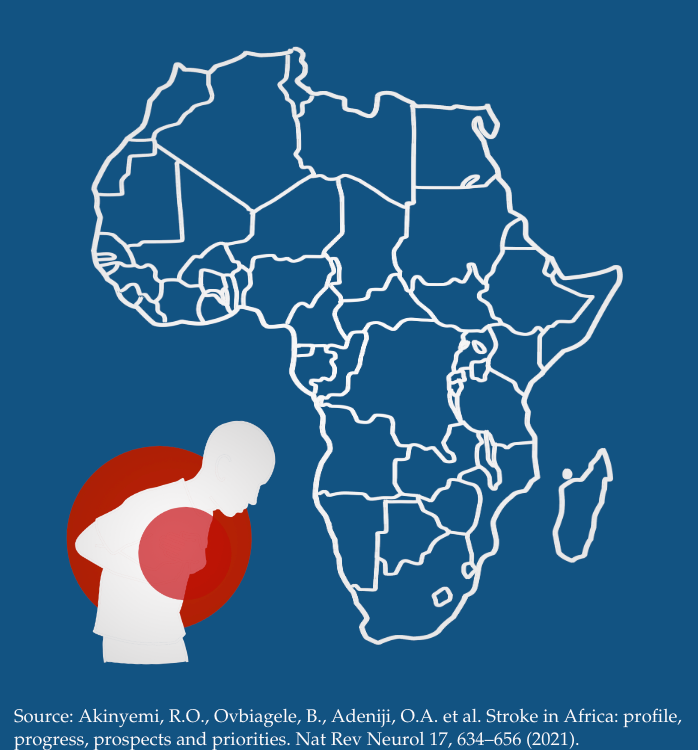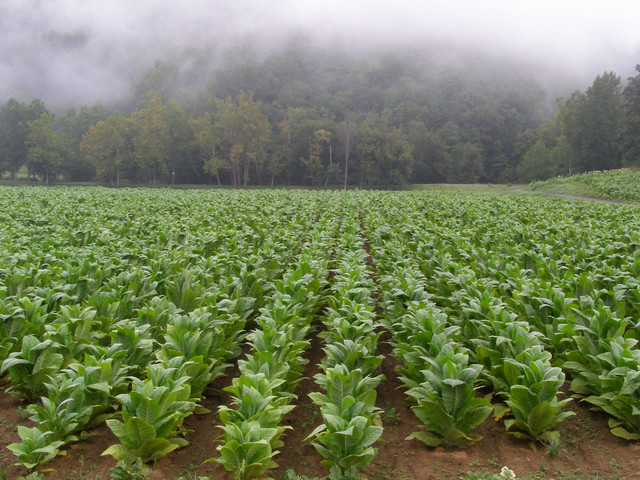How We Use Virtual Clouds to Achieve Virtually Uninterrupted Uptime
Computer hardware would be useless without data and programs to process it. But to run programs, the computer must know how to do basic tasks like booting up, reading user input or loading programs. This is performed by the operating system, e.g. Windows, Linux or Mac OS. So when we speak of a computer, we mean the combination of hardware, operating system to bring it to life, and software to solve our tasks.
For a business, providing fast and reliable services is the primary goal. Therefore, we care much more about applications uptime than about hardware assets. A hardware failure is a common but manageable mishap, but a service outage is a disaster. So we need to separate software and operating system from hardware by some means.
Virtualization
Virtualization provides such an intermediary layer. It makes operating system and programs run inside a simulated, or virtual, computer. For the software this computer, known as a virtual machine, looks and acts exactly like a real one. The system that provides virtualization is called virtualization platform and acts as a bridge between actual hardware and virtual machines.
Virtualization allows us to perform fast deployment of software (no need to install more hardware for every project), scale easier (adding more memory or disk space on the fly), utilize resources better (never keeping hardware idle), use snapshots (instantly saving the entire virtual machine state before significant changes). But how does this protect our services from hardware failures?
Virtual clouds
To achieve greater flexibility, the virtualization platform can span multiple servers, joining their combined processor power, memory and disk space into pools. Such servers form a whole system which is called a cloud.
The platform keeps track of the virtual machines in the cloud and allows moving (migrating) them between the servers. Live migration is performed without stopping the services and is practically unnoticeable. As a result, hardware maintenance will not affect the users. In case of unexpected server failure, the high availability mechanism will instantly restart the virtual machine on the next available server.
Public clouds are operated by companies like Amazon, Microsoft or Rackspace; other companies organize private clouds for their own use.
Our experience
I’m Stepan Semenukha, System Administrator at Development Gateway, and I trust in the power of free and open-source software, which can be tailored to one’s needs and used without limitations. Cost efficiency and flexibility were the key factors when we designed our private cloud. So our choice was Xen Cloud Platform, a virtualization solution created by Citrix and available in commercial and community editions.
Using cloud virtualization and fault-tolerant hardware design, e.g. redundant fibre optic links, storage controllers and disk arrays, gave excellent results. We haven’t had a single significant downtime caused by hardware failures for a year. Deploying new servers running Scientific Linux became a snap with customized virtual machine templates.
Our IT systems became agile, fast and resilient. And we are now always ready for new challenges.
Share This Post
Related from our library

Demystifying interoperability: Key takeaways from our new white paper
This blog post gives an overview on our latest paper on interoperability, implementing interoperable solutions in partnership with public administrations. Based on over 20 years of DG’s experience, the paper demystifies key components needed to build robust, resilient, and interoperable data systems, focusing on the “how” of data standardization, data governance, and implementing technical infrastructure.

More Smoke, More Stroke
In honor of this year’s World Stroke Day, observed annually on October 29th, this piece aims to raise awareness of the substantial burden of non-communicable diseases–particularly stroke incidents–using the case study of Nigeria, one of the main tobacco production hubs on the continent, in addition to Kenya.

Healthy Farming, Healthy Planet: The Environmental Case Against Tobacco Farming
While all agriculture has an environmental impact, tobacco is unique in that every stage of the tobacco lifecycle–from the production and consumption of tobacco to farming and disposal of the final product–wreaks havoc on the environment. In this piece, we’ll introduce the lifecycle of producing and using tobacco and explore the requisite environmental impact.